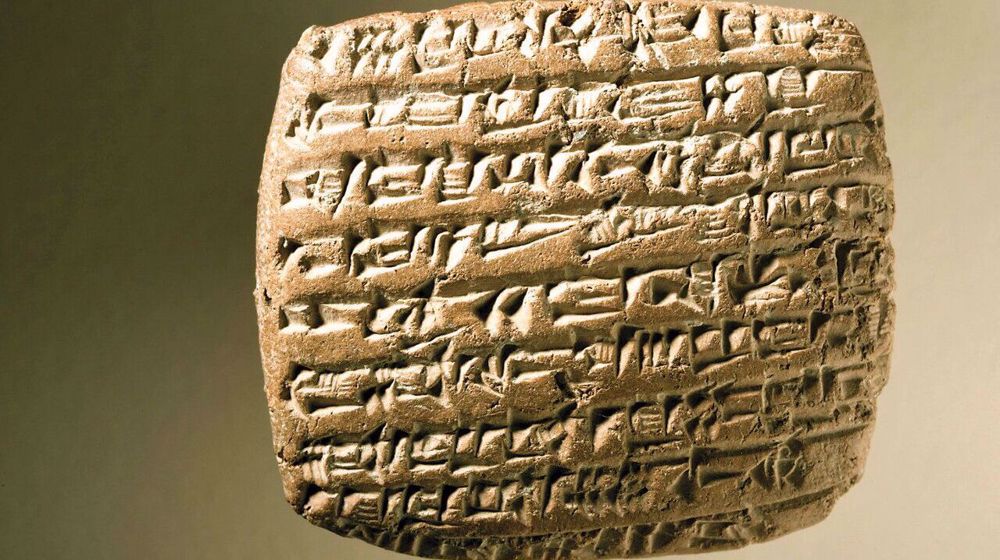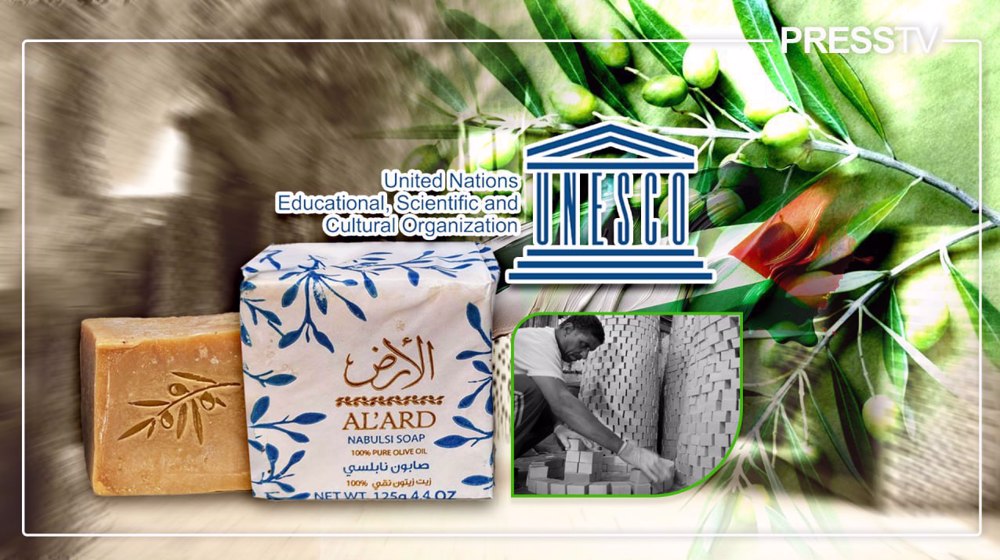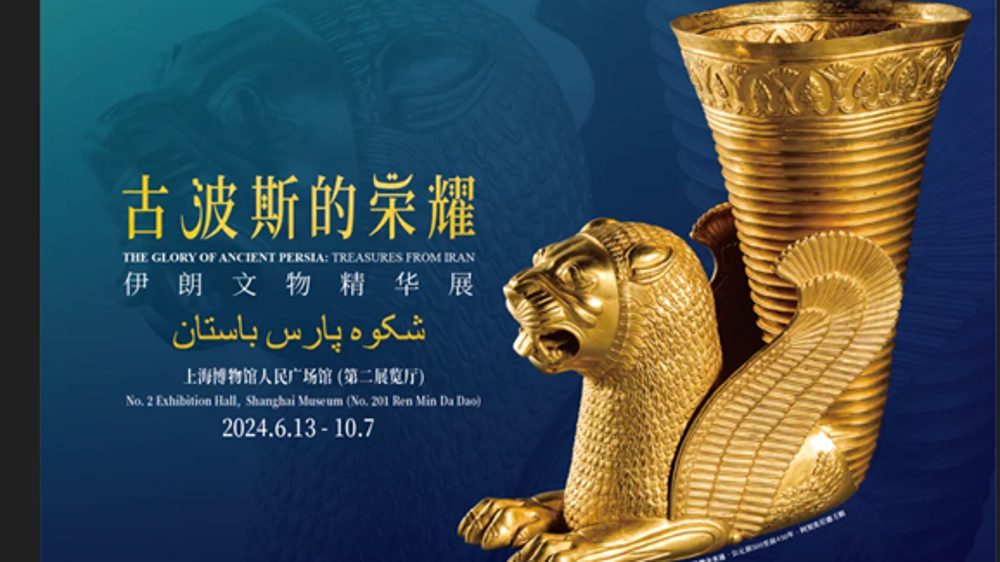Pezeshkian brings home over 1,100 Achaemenid-era clay tablets from US
President Masoud Pezeshkian has returned to Tehran from New York after participating in the 79th session of the UN General Assembly, bringing with him 1,100 historical clay tablets from the Achaemenid era.
The tablets were repatriated following intensive consultations of the Iranian Ministry of Foreign Affairs, Ministry of Cultural Heritage and Iranian Vice President for Legal Affairs Majid Ansari with the Center for East Asian Studies at the University of Chicago (CEAS), IRNA reported.
The Achaemenid tablets dating to the sixth century BC are among the most important works of Iranian art and history. They contain vital insights into road resource management, social relations, basic necessities of life, wages, and the economy of Achaemenid society.
The tablets, inscribed in cuneiform, Elamite, and Aramaic languages, provide a unique window into the world of one of the most powerful empires in history. They are mainly about the management of natural resources, roads, social relations, basic necessities of life, wages and the economy of the Achaemenid society during the rule of Darius I, commonly known as Darius the Great.
The Achaemenid Empire was the largest of the empires of the ancient Near East and extended from the Balkans and Egypt to India and Central Asia.
The clay tablets, numbering about 30,000, were discovered by archeologists affiliated with the University of Chicago in the 1930s while excavating in Persepolis, the ceremonial capital of the Persian Empire.
About 90 years ago, they were transferred to the Oriental Institute of the University of Chicago on a three-year loan. However, the United States has repeatedly resorted to excuses to put off repatriating the tablets to Iran, according to officials.
In 2006, a US federal court ruling sought to seize and auction the invaluable collection of ancient clay tablets. However, an appeals court later overturned the ruling, and in 2018, the US Supreme Court affirmed the subsequent ruling that the collection cannot be taken away.
Several batches of the tablets and related fragments have been delivered to Iran in recent years, but thousands of parts are still held in the Oriental Institute of the University of Chicago.
Last year, late President Ebrahim Raeisi brought home 3,500 tablets from the US after attending the UN General Assembly.
Iran says the tablets are part of its culture and history and belong to the people of Iran, and that all of the loaned articles must be delivered to the Iranian government intact.
“The United States postpones this every time under a pretext, while the Americans themselves acknowledge that these tablets came to the United States on loan but were not fully returned,” Iran’s then ambassador to the UN Majid Takht-Ravanchi said in January 2022.
According to the Oriental Institute, the tablets illustrated the “support of the king and court, deployment of workers, practice of religion, the development of seal art, the interplay of languages, and more.”
Dec. 21: ‘Axis of Resistance’ operations against Israeli occupation
Spain jurists demand ties with Israel ties be cut
VIDEO | Press TV's news headlines
VIDEO | Iran honors top Science Olympiad medalists
VIDEO | Austrians arrested at Gaza protest in Vienna
10 killed in bus crash in western Iran
VIDEO | One-man-band journalism with Civili
5 Israeli forces killed as Palestinian fighters face up to regime’s war machine











 This makes it easy to access the Press TV website
This makes it easy to access the Press TV website